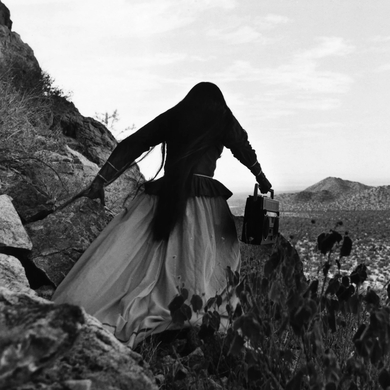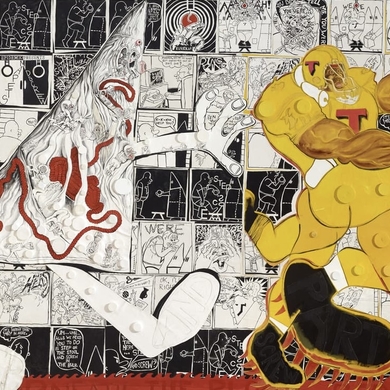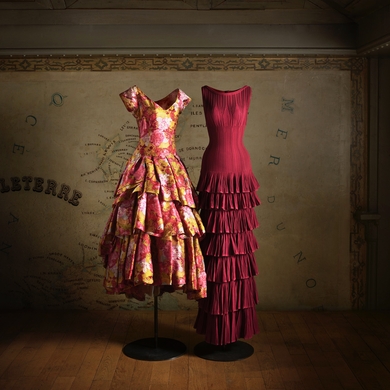Though they can seem a homebound form of creativity, quilts have roots dating back to Ancient Egypt and are a storied form of art. Quilting, the technique of stitching together layers of fabric, often with a lining or batting in between, creates warmth and was used to make clothing and blankets. It then evolved into a decorative art, and by the 18th century, quilts were commemorating moments in history and milestones in life. Looking at 30 pieces from the 18th to the 20th centuries, the American Folk Art Museum’s “An Ecology of Quilts” explores the natural and industrial resources that come together in every quilt—the cultivation of fibers and dyestuffs; their transport between countries; the gins and mills required for textile production. The quilt, it turns out, is a metaphor for connection. —Hannah Gross
Arts Intel Report
An Ecology of Quilts: The Natural History of American Textiles

Attributed to a member of the Sinclair Family, Adam and Eve in the Garden of Eden Quilt, Mid–1800s.
When
Until Mar 1
Where
Courtesy of the American Folk Art Museum



